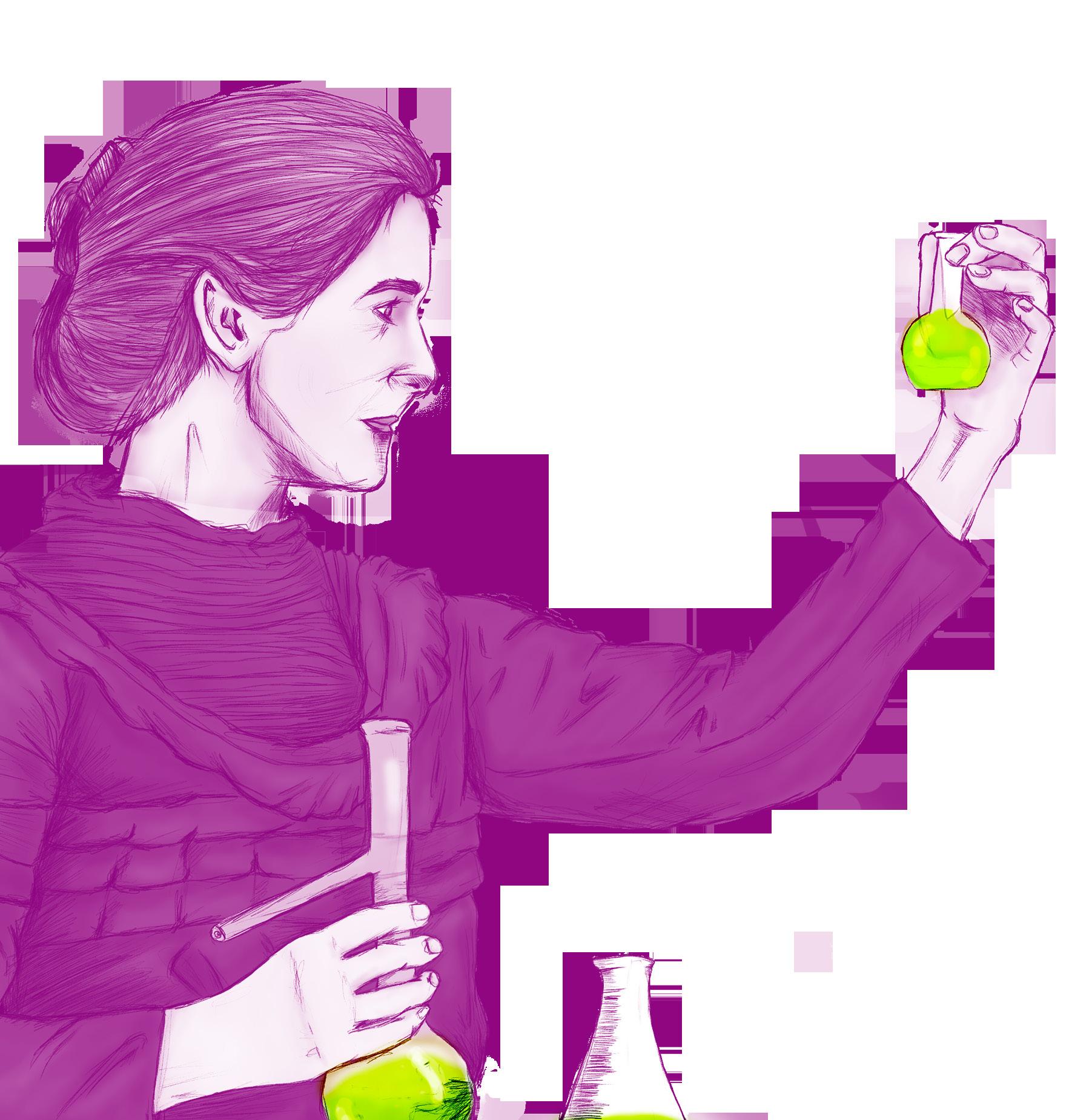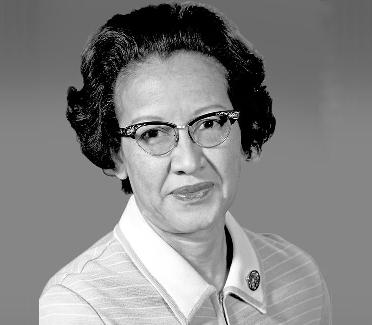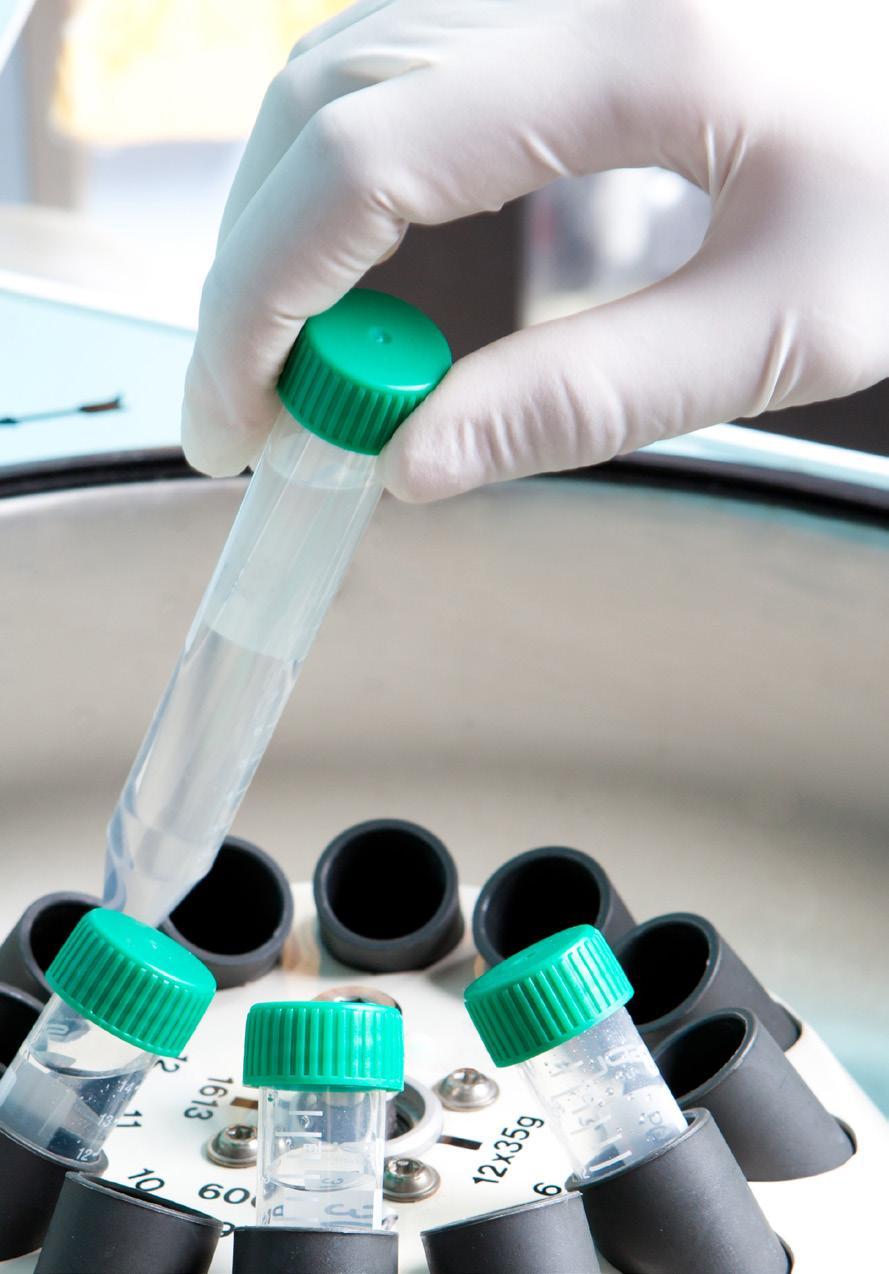
6 minute read
Women participation in medical science, a continuous activity along time.
Guillermo Caletti, Ph.D.
Head of Clinical Operations at Boehringer Ingelheim for Mexico & Central America
Advertisement
introduction
Development of Medical Knowledge and the use of it in new therapeutic areas is a big challenge across the world and requires talents dedicated to identify options to treat unmet medical needs.
This knowledge is being developed by Biological Scientist that dedicate their lives and efforts to investigate these new alternatives to treat patients, but the way is plagued by several obstacles including lack of money, lack of support and team spirit, credibility challenged by others due to egocentric perception and, no less important, gender. In this last topic, in a world managed by Men, Scientific Women has to double their efforts not just to position their selves as leaders in the field but also simply to get credibility of their investigational results.
I would like to dedicate this review to those fantastic and exemplary women who challenge all frontiers and conquer their goals despite the storm faced.
Agnodice of Athens is considered the first Medicine Woman in history or at least the first one with documented activity treating patients. She borned in century IV B.C. and studied Medicine in the Medical School of Herophilos (Latinised - Herophilus) disguised as a man.
She was very successful as Medicine Practitioner.

Her success made her colleagues angry and was accused of sexual harassment to her female patients, however, along the trial she clarify her real gender and was supported by her patients to avoid the death penalty. After the trial, and exonerated of all charges, Agnodice continues her Medicine practice as woman with the recognition of her colleagues and the entire community. “A certain girl named Agnodice wished to learn medicine, and her desire was so vehement that she cut her hair in the manner of men, and entrusted herself to the teaching of a certain Herophilus. After learning medicine, when she learned that a woman was suffering in his womb, she went to her. As she did not want to entrust herself to Agnodice because she considered it to be a man, she raised her robe and showed that she was a woman; and thus she was healing them. When the doctors saw that they were not admitted in the presence of the women, they began to accuse Agnodice, because they said that she was a depilated man and corruptor of women, and that they were posing as sick. The Areopagites having gathered for this reason, they began to condemn Agnodice. She raised the robe to them and showed that she was a woman. At that time the doctors began to accuse her more strongly. For this reason, the most distinguished women appeared at the trial and said: “You are not husbands but enemies, because you condemn the one who restores our health.” At that time, the Athenians amended the law so that free women could learn the art of medicine.1”
MetroDora (aprox 200 – 400 a.c.)
Source: Metrodora was a Greek Medicine woman authors the most ancient known medical text written by a woman “On the Diseases and Cures of Women”2.
Many Medical topics, like Gynecology, were covered in her Medical text, in a culture where female’s health problems were focused almost unique to Delivery problems.

Her book was referred in a lot of Medical publications of that time in the Ancient Greece and Rome also was translated and published in
Medieval Europe. http://mujeresconciencia.com/app/ uploads/2016/01/trotula-salerno.jpg Graphic credit: Alzinous https://commons.wikimedia.org/w/index.php?curid=45495859
Women of Salerno
Also referred to as the “Ladies of Salerno,” the “Salernitan women,” and the “mulieres Salernitanae,” are a group of women physicians who studied in medieval Italy, at the Schola Medica Salernitana, one of the first medical schools to allow females.
This Medical School was established in Century X. The most relevant figure form this school was known as Trótula (Trota of Salerno) who wrote several text in diverse topics in medicine that were used for teaching in Medicine Universities. She dare to contradict Hipocrates denying the fact that menses turns women “poisoned”.
She also believed that prevention of disease is better than treat the unhealthy, making this woman an individual beyond her time³.
Medicine Women in Mexico
In 1887, the first Mexican Women graduated from the Medicine University was Matilde Petra Montoya Lafragua, and after she only 151 Medicine women were found until 1940 in all Medicine Schools and Universities across Mexican territory 4. Majority of them were graduated from the National School of Medicine of the National University of Mexico.
Ana Cecilia Rodriguez de Romo 4, made this research in Mexico and found that in this group appears the first Nicaraguan doctor, María Concepción Palacios Herrera, the first one in Costa Rica, Marieta Rimola de Biasso, and another, without being the first in his territory, she came from Russia to study medicine: Sofia Polzhidok. In addition, Ana Rodriguez found the original pioneers in Mexican country from Chiapas, Chihuahua, Guanajuato, Guerrero, Hidalgo, Jalisco, Michoacán, Imagen:https://nuestrasvoces.mx/matilde-montoya/ Morelos, Puebla, Querétaro, San Luis Potosí, Sinaloa, Tabasco, Tamaulipas, Veracruz and Zacatecas.
Regarding the place of origin, it was initially thought that for purely geographical reasons, the first interested in studying medicine would be from the country’s capital, but with surprise, the author found that came from almost all ends of Mexico⁴.

Professionals in Patient care:
Florence Nigthingale was a British nurse, writer and statistician, considered a pioneer of modern professional nursing and creator of the first model nursing conceptual. It laid the foundations for the professionalization of the nursing with the establishment, in 1860, of her nursing school in London’s Saint Thomas Hospital.
Her work was the source of inspiration for Henri Dunant, founder of the Red Cross and author of the humanitarian proposals adopted by the convention of Geneva. She became world famous for her pioneering nursing work in assisting the wounded during the Crimea.
In 1883 Queen Victoria awarded him the Royal Red Cross, and in 1907 she became the first woman to receive the United Kingdom Order of Merit. The Nightingale oath made by the nurses upon graduation was created in his honor in 1893. International Nursing Day is celebrated on the date of his birthday.

I would like to make a special mention for all those unknown women who care about their children, grandchildren, nephews, siblings, parents, who provide care and treatment prescribed by doctors and who relieve with love, tenderness and words of hope.
A recognition for those women who, with the help of alternative medicine, heal the soul, the spirit and heal the wounds of the mind and heart hurt by a deception, unrequited love or disappointment by an infamous act of a close friend .
For them and for their vocation as healers, my deepest recognition and spiritual gratification.
References
1. Cayo, Julio Higino: Fábulas, Ediciones Akal, Madrid, 2008; p. 185. 2. www.mitrestorres.com/blog/0mujeres-medicina 3. https://medikuenahotsa.com/15/la-lucha-de-las-primerasmujeres-medicas 4.Rodriguez, Ana. Revista de la Facultad de Medicina de la UNAM, Vol 58, No2, Marzo – Abril, 2015. Pp 36-40










